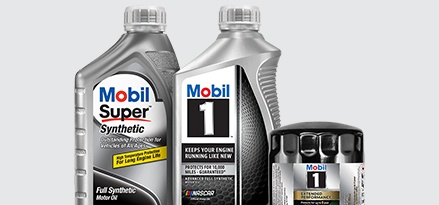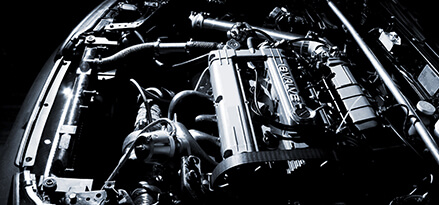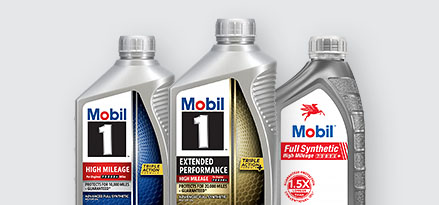All about motor oils
Engineering Explained:
Will Thinner Oils Damage Your Engine?
Types of motor oil
FAQs
Engine oils are currently classified by a two-letter code. Gasoline engine oil categories start with the letter S (originally designated "Spark Ignition" engine oils, we now associate the S with "Service"). Diesel engine oil categories start with the letter C (originally designated "Compression Ignition" engine oils, we now associate the C with "Commercial").
The second letter is simply a sequential designation of improving quality levels over time. In other words, when a new industry quality level is established, the next letter of the alphabet is used (so SN replaced SM). The letters "I" and "K" were purposefully skipped to eliminate potential confusion with other commonly used designations.
Motor oil basics
FAQs
Viscosity is a measure of a fluid's resistance to flow. A fluid with low viscosity flows easily and is often called "thin." Water is an example of a fluid with a relatively low viscosity. A fluid with high viscosity is often described as "thick." Maple syrup is an example of a fluid with a relatively high viscosity.
Your oil warning light can come on for a number of reasons, including low oil level, a failing oil pump, a faulty oil-pressure sensor, blockage in the oil system, excessive foaming of the oil and more. In all cases, you should shut down your engine as quickly as it is safe to do so. Continuing to operate your engine with low oil pressure can result in serious engine damage.
Oil change basics
-

How to change your car's motor oil and filter
Changing your oil and filter is crucial for long engine life – and doing it yourself is relatively easy and inexpensive. Learn how.
Learn to change your car’s oil and filter -

Where to get an oil change
Going to a service center or car dealer is the choice for many vehicle owners. We'll help you find a location.
Find a service center








